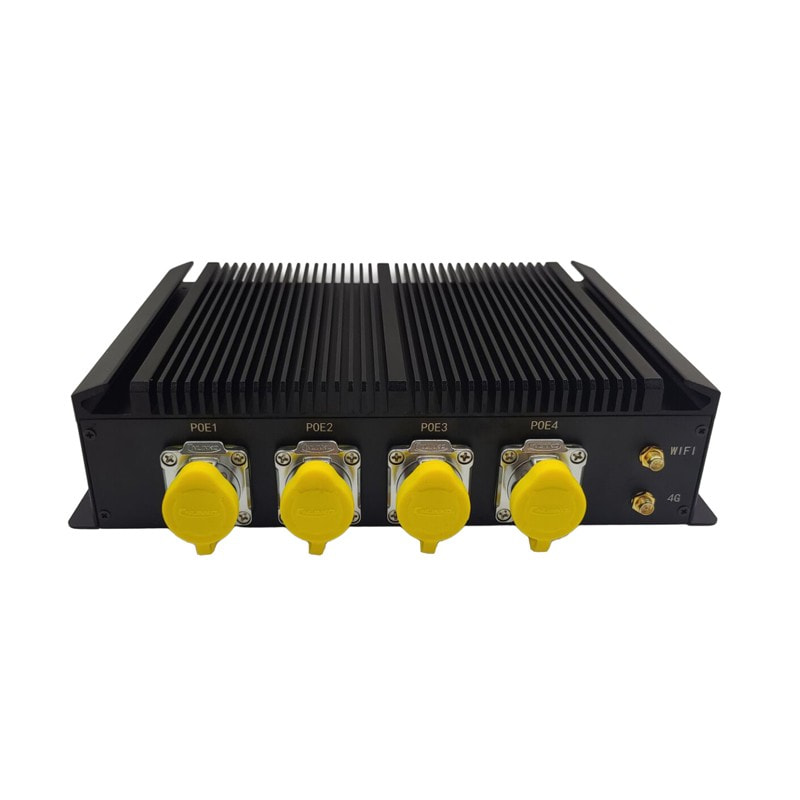What Can Embedded Computers Do?
Embedded computers, the unsung heroes of our technological landscape, play a pivotal role in shaping the way we interact with the world around us. These miniature computing powerhouses are seamlessly integrated into various devices, enhancing their functionality and performance. In this article, we'll delve into the fascinating realm of embedded computers, exploring their functions, applications, and the significant impact they have across industries.
Embedded computers are compact computing systems designed to perform specific functions within larger electronic devices. Unlike traditional computers, they are dedicated to a single task, making them efficient and reliable components in modern technology. Their inconspicuous presence belies their importance in powering devices we use every day.
Understanding Embedded Systems
Definition and Characteristics
Embedded systems are intricately woven into the fabric of our daily lives. They are specialized computing systems embedded within a larger device, designed to carry out predefined tasks. These systems operate in real-time, ensuring swift and seamless execution of functions.
Examples of Embedded Systems in Daily Life
From the firmware in your smart thermostat to the control system in your car, embedded systems are omnipresent. They quietly work behind the scenes, ensuring the smooth operation of various devices.
Functions of Embedded Computers
Processing Capabilities
Embedded computers boast impressive processing capabilities despite their small size. They efficiently handle specific tasks, such as controlling the engine in a car or managing the temperature in a refrigerator.
Real-time Operations
One of the key strengths of embedded systems is their ability to operate in real-time. This is crucial in applications where immediate responses are required, such as in anti-lock braking systems or medical devices.
Applications Across Industries
Automotive
Embedded computers are the brains behind modern vehicles. They control everything from engine performance to safety features, contributing to the efficiency and safety of automobiles.
Healthcare
In the medical field, embedded systems are vital components of diagnostic equipment, pacemakers, and infusion pumps. They play a crucial role in monitoring and maintaining health parameters.
Consumer Electronics
Smartphones, smart TVs, and wearable devices all rely on embedded systems to deliver a seamless user experience. These systems enable the sophisticated functionalities we often take for granted.
Advantages of Embedded Computers
Efficiency and Speed
The focused nature of embedded systems allows them to operate with remarkable efficiency and speed. This makes them ideal for applications where quick responses are imperative.
Cost-effectiveness
Due to their specialization, embedded systems are often more cost-effective than general-purpose computers. This cost efficiency has contributed to their widespread adoption in various industries.
Challenges in Embedded Computing
Limited Resources
Embedded systems often operate with limited resources, including memory and processing power. This constraint requires careful optimization of software and poses challenges in handling complex tasks.
Security Concerns
As embedded systems become more interconnected in the era of the Internet of Things (IoT), security concerns have risen. Ensuring the integrity of these systems is crucial to prevent vulnerabilities.
Future Trends
Internet of Things (IoT)
The integration of embedded systems into the IoT is a burgeoning trend. This interconnected network of devices opens up new possibilities for automation and data exchange.
Artificial Intelligence Integration
The marriage of embedded systems and artificial intelligence is on the horizon. This fusion will lead to smarter, more adaptive devices capable of learning and evolving over time.
Importance in Smart Devices
Smartphones and Tablets
The ubiquitous smartphones and tablets we use daily rely heavily on embedded systems. These systems manage everything from touchscreen responsiveness to battery optimization.
Smart Home Devices
From smart thermostats to intelligent security systems, embedded computers are the backbone of smart home devices. They enable seamless communication and automation, enhancing our living spaces.
Programming Embedded Systems
Languages and Tools
Programming embedded systems requires specialized knowledge. Languages like C and C++ are commonly used, and tools such as Arduino and Raspberry Pi provide platforms for development.
In conclusion, embedded computers are the unsung heroes of our technologically driven world. Their versatility, efficiency, and real-time capabilities make them indispensable across various industries. As we look to the future, the integration of embedded systems into the IoT and the incorporation of artificial intelligence signal exciting developm



